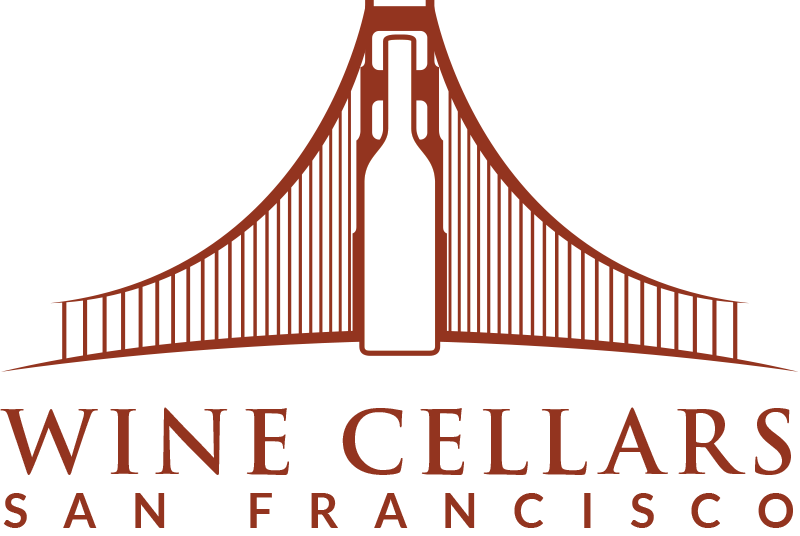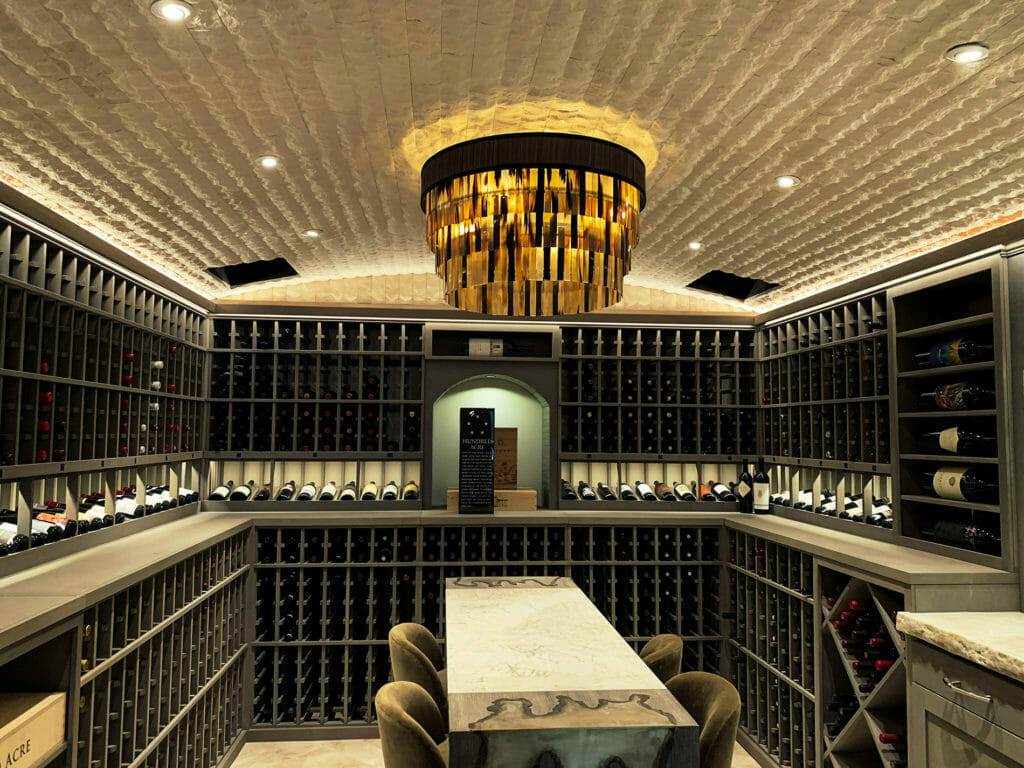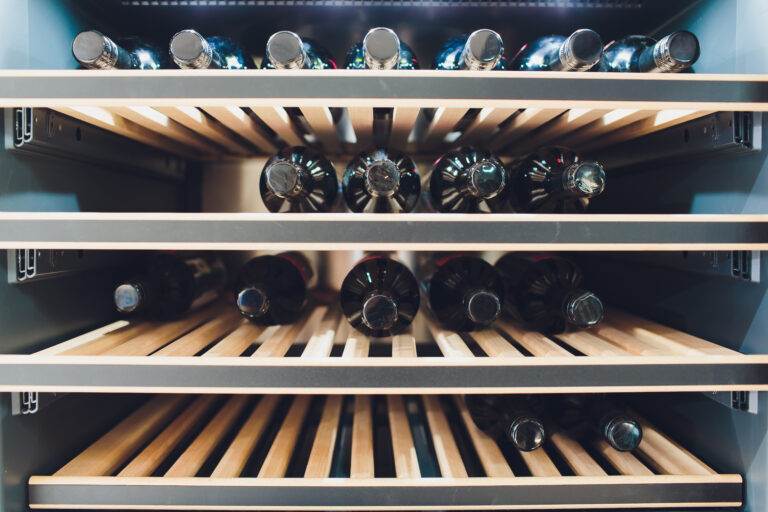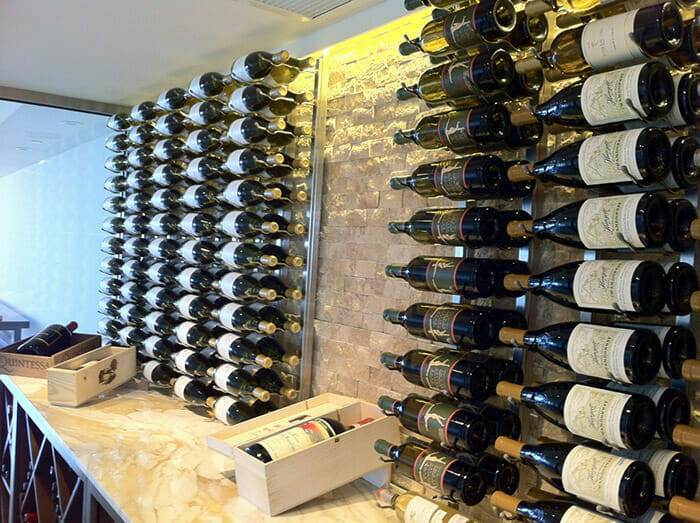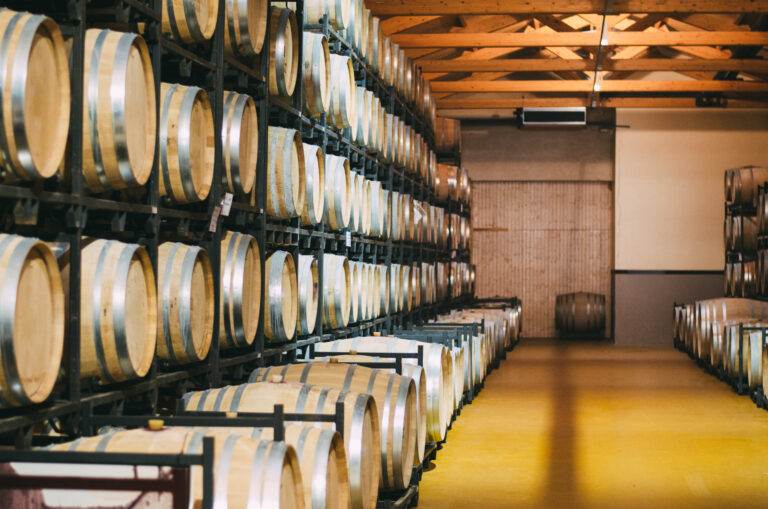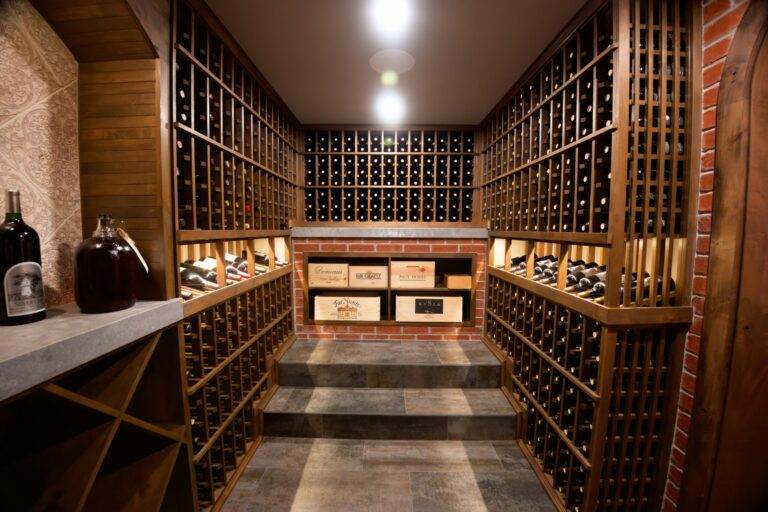Introduction
Overview of San Francisco’s Wine Culture
San Francisco, renowned for its iconic Golden Gate Bridge and vibrant arts scene, is equally distinguished by its rich wine culture. Nestled near world-famous wine regions such as Napa Valley and Sonoma, the city acts as a dynamic hub for wine enthusiasts. The culture here reflects a blend of tradition and innovation, creating a vibrant tapestry of flavors and experiences. In San Francisco, wine is not merely a beverage; it is a celebration of community, diversity, and culinary art. Residents and visitors alike enjoy numerous wine-centric events throughout the year, from festivals to tasting tours, where they can explore the local offerings and develop their palates. Key features of San Francisco’s wine culture include:
- Diverse Wine Selection: The city boasts a plethora of wineries, wine bars, and shops that provide access to both local and international wines, accommodating every preference and occasion.
- Culinary Pairings: San Francisco’s celebrated food scene harmonizes brilliantly with its wine offerings, showcasing farm-to-table dining experiences that highlight regional ingredients paired with the perfect wine.
- Community Engagement: Wine tasting events and classes foster a sense of community, allowing individuals to connect over shared interests and broaden their knowledge.
In summary, San Francisco’s wine culture is a vibrant fusion of local heritage and global influence, making it a prime location for both seasoned connoisseurs and curious newcomers. As we delve further into the topic of building your own wine cellar, recognizing the city’s wine culture will enhance your journey of exploring and preserving fine wines at home.
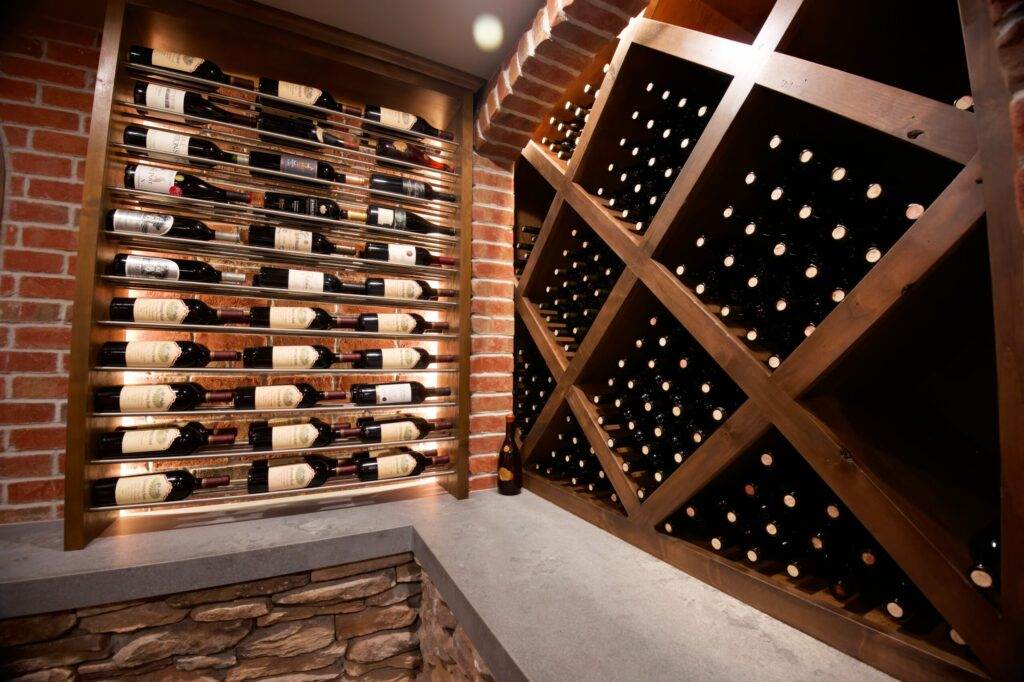
Benefits of Having a Wine Cellar
Preservation and Aging of Wines
Having a wine cellar is more than just a stylish addition to a home; it’s a sanctuary for your favorite bottles. One of the primary advantages of a dedicated wine cellar is the preservation and aging of wines. Proper storage conditions significantly influence a wine’s development over time, allowing for richer flavors and enhanced aromas. A wine cellar maintains optimal conditions in several ways:
- Temperature Control: Ideal temperatures for wine storage usually range between 45°F and 65°F, depending on the type. A consistent climate prevents premature aging or spoilage.
- Humidity Regulation: Maintaining a humidity level of about 70% keeps the corks moist and prevents them from drying out, which can lead to oxidation.
- Darkness: Protecting wine from light exposure is crucial, as UV rays can degrade quality.
These factors contribute to the gradual evolution of your wines, enhancing their character and complexity, making each uncorking a delightful experience.
Enhancing Wine Tasting Experience
A personal cellar not only allows for optimal storage but also enriches the overall wine tasting experience. Inviting friends over for a tasting becomes a celebration of flavors, history, and culture. Here are some ways a wine cellar enhances this experience:
- Curated Selections: With your own collection, you can tailor offerings to match the occasion or guests’ preferences.
- Atmosphere: A dedicated space elevates the ambiance and makes wine tasting feel special, whether you’re opting for a casual gathering or an elegant dinner party.
- Educational Opportunities: Sharing stories about each bottle—such as the vineyard, grape variety, or tasting notes—transforms the experience from mere drinking to an enriching learning session.
In conclusion, having a wine cellar not only preserves the integrity of your wine collection but also fosters memorable moments that can be shared with friends and family, deepening everyone’s appreciation for this timeless passion.
Designing a Wine Cellar at Home
Choosing the Right Location
Creating a wine cellar is an exciting endeavor, and one of the first essential steps is selecting the right location in your home. The ideal space should promote optimal storage conditions and be accessible for frequent use. Here are a few tips for choosing the best location:
- Basement or Lower Levels: These areas usually maintain cooler temperatures and natural humidity, making them ideal candidates for a wine cellar.
- Away from Sunlight: Ensure your cellar is located in a dark space to protect the wine from harmful UV rays.
- Good Insulation: A location with proper insulation helps regulate temperature fluctuations, preventing adverse effects on your collection.
Taking time to assess various spaces can lead to the perfect setup for your wine.
Customization and Storage Solutions
Once you’ve chosen the location, the fun part begins: customizing your wine cellar! The design should reflect your style while providing practical storage solutions. Consider the following elements:
- Racking Systems: Opt for racks that maximize vertical space and showcase your collection. Wooden racks add elegance, while metal racks may provide a modern aesthetic.
- Temperature Control: Installing a cooling system ensures that your wines are kept at optimal temperatures, even during extreme weather conditions.
- Display Options: Incorporate stylish display units or lighting features that not only serve a functional purpose but also highlight your favorite bottles.
Remember, the more personalized you make your wine cellar, the more enjoyable the experience will be when you show it off to your guests. In summary, thoughtful planning around location and customization ensures a functional yet beautiful wine cellar that complements your home and enhances your wine appreciation journey.
Wine Cellar Construction Process
Necessary Permits and Regulations
As you embark on the exciting journey of constructing your wine cellar, it’s crucial to navigate through the necessary permits and regulations. While the specifics may vary depending on your location, a few general guidelines can help keep the process on track:
- Building Permits: Check with your local building authority to determine if a permit is required. This is especially important for significant changes like building walls or installing cooling systems.
- Zoning Regulations: Ensure that your planned wine cellar complies with local zoning laws. Some areas may have restrictions on residential renovations or use of basements.
- Health and Safety Codes: Familiarize yourself with any health and safety regulations relevant to home renovations. This may include ventilation requirements or electrical codes for any installed amenities.
Going through the proper channels ensures that your project is compliant, safe, and aligns with local guidelines.
Working with Designers and Contractors
Collaborating with experienced designers and contractors can significantly streamline the construction of your wine cellar. Their expertise will guide you through the complexities of the process. Here’s what to consider when finding the right professionals:
- Research and Recommendations: Start by researching local designers and contractors with experience in building wine cellars. Personal recommendations from fellow wine enthusiasts can also be invaluable.
- Portfolio Review: Examine previous projects to gauge their style and quality of work. Seeing their past designs can inspire your vision.
- Clear Communication: Ensure that you communicate your ideas and requirements clearly. Discuss your budget, timelines, and any specific design elements you envision.
With the right permits in hand and a team of skilled professionals, you’ll be well on your way to creating the wine cellar of your dreams. The construction process may seem daunting, but with careful planning and expert help, it can become an enjoyable experience that leads to a spectacular space for wine enjoyment.
Organizing Your Wine Collection
Wine Inventory and Cataloging
Once your wine cellar is constructed and stocked, the next step is organizing your collection to ensure easy access and, more importantly, enjoyment. Developing a wine inventory and cataloging system can transform your wine experience from chaotic to delightful. Here are some effective strategies:
- Create a Database: Utilize a digital tool or a simple spreadsheet to record essential details such as the name, vintage, varietal, and purchase date of each bottle.
- Labeling: Invest in clear, concise labels for your wine racks. This helps you quickly identify specific wines without having to search through each row.
- Categorization: Organize your collection by type (reds, whites, sparkling), region, or even by occasions. This personalized system makes it easy to find the perfect bottle for any gathering.
By keeping an accurate inventory, you’ll always know what you have on hand, which can guide purchasing decisions and help prevent overindulgence.
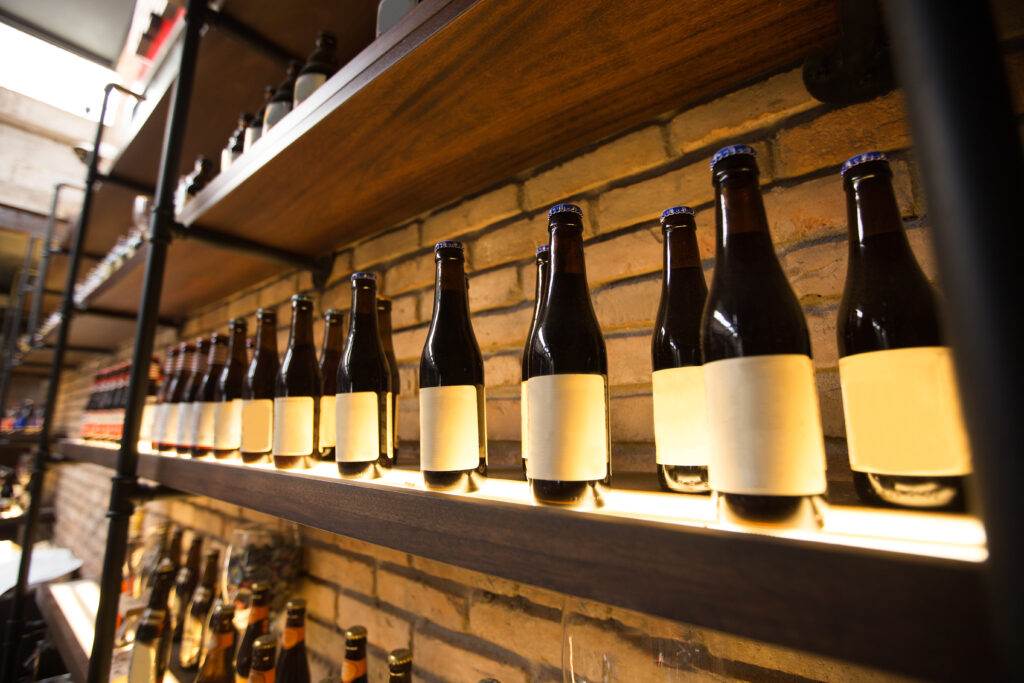
Temperature and Humidity Control
To preserve the quality of your wines, maintaining the right temperature and humidity levels is crucial. A well-controlled environment enhances aging and prevents spoilage. Here are some tips for effective control:
- Temperature Maintenance: Keep your wine cellar consistently between 45°F and 65°F. Invest in a quality wine cooling system to monitor and adjust temperatures as needed.
- Humidity Levels: Aim for humidity levels around 70%. Too little humidity can dry out corks, while too much can cause mold. You can use a hygrometer to keep track of humidity and an enclose a humidifier if necessary.
- Ventilation: Ensure proper air circulation to prevent musty odors and stale air, enhancing the overall environment within your cellar.
By effectively cataloging your collection and maintaining optimal storage conditions, you not only protect your wines but also create a delightful experience that makes sharing and enjoying them even more special. Organized and well-preserved, your wine collection becomes a source of pride and pleasure for you and your guests.
Hosting Wine Tasting Events at Home
Pairing Wines with Food
Once your wine cellar is organized and stocked, it’s time to share that collection with friends and family by hosting a wine tasting event at home. A crucial element of any successful tasting is the thoughtful pairing of wines with food. The right combinations can elevate both the meal and the wine, creating a memorable experience. Here are some pairing tips:
- Red with Red Meat: Robust red wines, such as Cabernet Sauvignon or Syrah, complement rich dishes like steak or lamb, enhancing the flavors.
- White with Seafood: Crisp whites like Sauvignon Blanc or Pinot Grigio pair beautifully with lighter dishes, including fish and shellfish.
- Cheese Platter: Offering a variety of cheeses can be fantastic with various wines. For example, a creamy Brie works well with a sparkling wine.
- Desserts: Sweet wines, such as Port or late-harvest Riesling, are perfect companions for chocolate or fruit-based desserts.
Creating a menu that harmonizes with your wine selection ensures a delightful culinary experience.
Inviting Friends and Wine Connoisseurs
Equally important to the success of your event is the guest list. Invite friends who share your enthusiasm for wine, but also consider including connoisseurs who can provide insights and spark engaging conversations about the selections. Here are a few ideas:
- Diverse Guest List: Mix experienced wine drinkers with novices. This way, everyone can learn from each other, making for dynamic discussions.
- Tasting Themes: Consider theming the event around a specific region, varietal, or vintage. This can help garner interest and educate your guests.
- Interactive Elements: Encourage guests to bring a bottle from their collection to share, making it a collaborative experience.
By focusing on thoughtful food pairings and curating an engaging guest list, your wine tasting event will not only showcase your collection but will also foster an enjoyable and memorable atmosphere for all involved. Ultimately, the joy of wine appreciation lies in sharing it with others.
Showcasing Local San Francisco Wines
Exploring Napa Valley and Sonoma Region
Showcasing local San Francisco wines involves celebrating the rich viticultural heritage of the nearby Napa Valley and Sonoma regions. Just a short drive from the city, these areas are renowned for their stunning landscapes and diverse wine offerings. Exploring these regions can provide exciting opportunities and choices for your wine collection. Here are some highlights:
- Vineyard Visits: Take the time to visit local wineries. Many offer tours and tastings, providing insights into the winemaking process while allowing you to sample their best offerings. It’s a wonderful way to discover hidden gems and small boutique wineries.
- Events and Festivals: Both Napa and Sonoma host wine festivals and events throughout the year where you can taste a variety of wines from different producers and perhaps meet the winemakers themselves.
- Culinary Pairings: Many wineries feature on-site restaurants or partner with local chefs to create exceptional food and wine pairings, making for a perfect day out.
By incorporating wines from Napa and Sonoma into your collection, you can bring a taste of local excellence to your tastings at home.
Promoting Sustainable and Organic Wineries
In today’s conscientious world, promoting sustainable and organic wineries is becoming increasingly important. Many local wineries in the San Francisco area are committed to environmentally friendly practices, which can enhance the appeal of your collection. Here’s how you can support this movement:
- Research and Selection: Seek out wineries that use organic farming practices. These producers often prioritize biodiversity and avoid harmful chemicals, resulting in cleaner and more vibrant wines.
- Local Partnerships: Many sustainable wineries partner with local farms to source ingredients for their wine-related culinary experiences, reinforcing the importance of supporting the local economy.
- Educational Opportunities: Attend workshops or seminars that focus on sustainable practices in winemaking. These events can deepen your understanding and appreciation of the wines you choose to showcase.
By showcasing wines from sustainable and organic producers, you not only elevate your wine collection but also contribute positively to the environment and local communities. This adds a layer of meaning to every bottle shared among friends and family during your tastings.
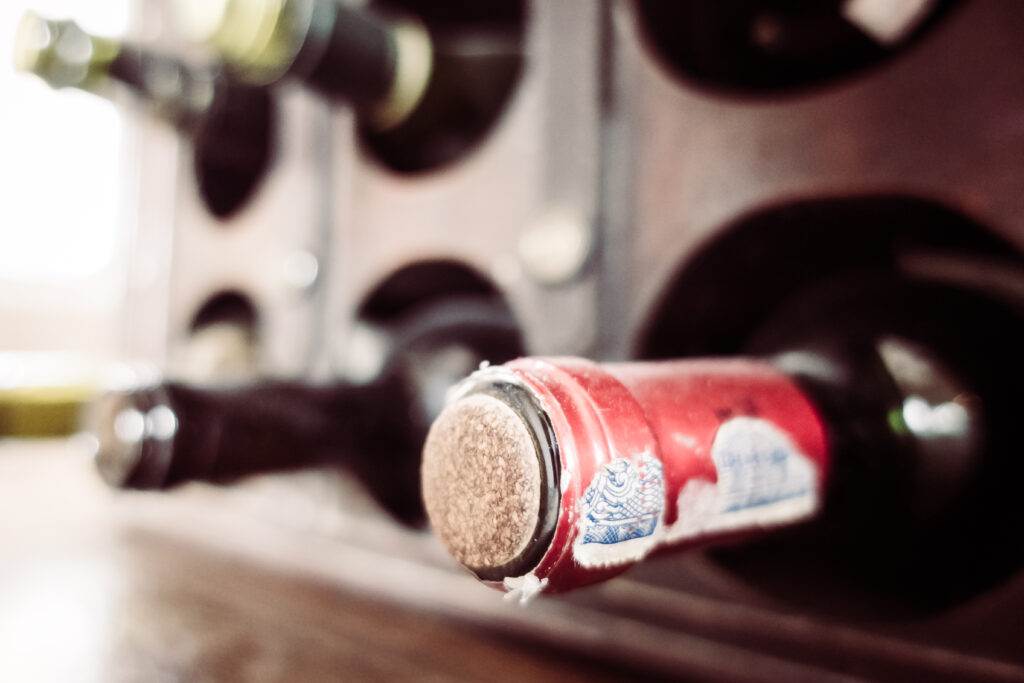
Maintaining and Caring for Your Wine Cellar
Cleaning and Ventilation Tips
Once your wine cellar is established and your collection is thriving, maintaining that space is crucial for preserving the quality of your wines. A clean and well-ventilated environment can prevent unwanted odors, mold, and dust, ensuring that each bottle remains in prime condition. Here are some effective cleaning and ventilation tips:
- Regular Dusting: Make it a habit to dust shelves, racks, and any other surfaces in your wine cellar. Dust can accumulate and may end up affecting the wine by altering flavors.
- Clean Surfaces: Use a mild, non-abrasive cleaner to wipe down surfaces regularly. Avoid anything with strong scents, as lingering chemical odors may affect your wine.
- Ventilation Systems: Ensure that the cooling system you installed functions properly by checking its vents for obstructions. Good air circulation is vital for temperature stability and humidity control.
- Humidity Management: Utilize a dehumidifier if necessary, especially during humid seasons, to prevent moisture buildup that could lead to mold.
By incorporating these simple maintenance practices, you’ll create an optimal environment for your wines to flourish.
Monitoring Wine Cellar Conditions Regularly
In addition to cleaning and ventilation, regular monitoring of your wine cellar conditions is imperative. Knowing the precise environment in which your wine is stored allows you to make timely adjustments. Here’s how to effectively monitor conditions:
- Use Thermometers and Hygrometers: Invest in quality devices to monitor temperature and humidity. Ideally, you should maintain a temperature between 45°F and 65°F and humidity around 70%.
- Regular Check-Ups: Develop a routine to check these conditions weekly or bi-weekly. This practice helps you catch any fluctuations before they become problematic.
- Data Logging Devices: Consider utilizing smart temperature and humidity monitoring systems that can send alerts to your phone if conditions drift outside of your set parameters.
By committing to these maintenance routines and regularly monitoring conditions, you’ll ensure that your wine cellar remains a sanctuary for your collection. This diligent care not only protects your investment but also enhances the joy you derive from sharing and savoring your wines.
